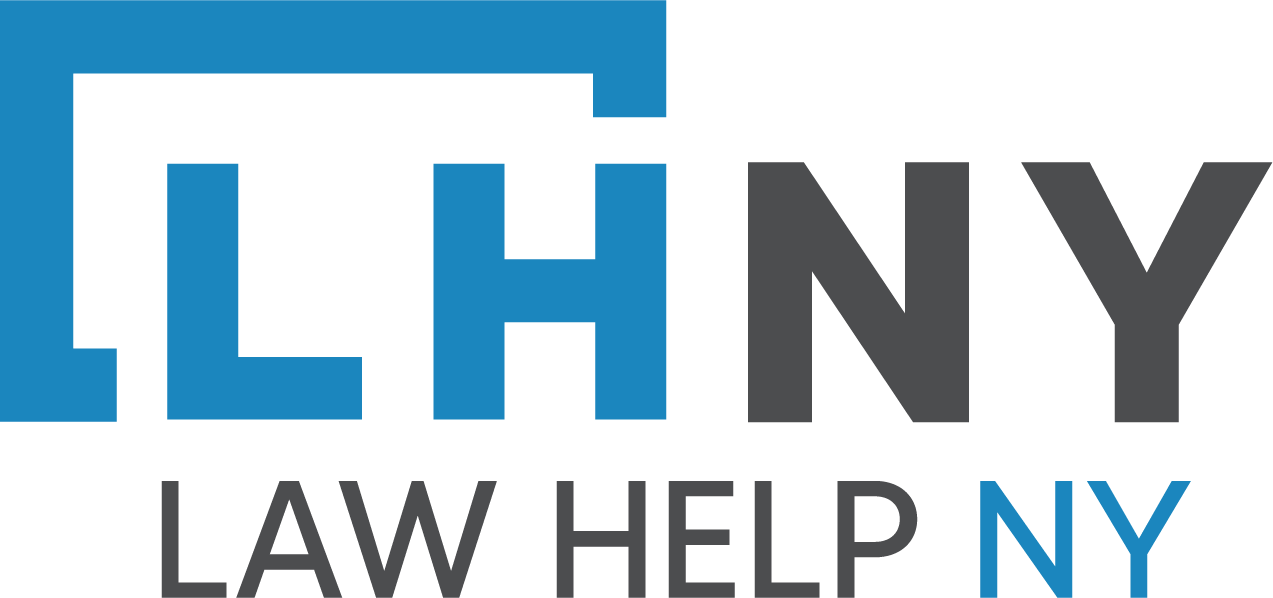What is child custody and visitation?
- Custody is the legal responsibility for a child’s care. Physical custody or residency provides for where the child lives. Legal custody provides for decision making power over things like education and health care.
- There are two types of legal custody.
- Sole custody means that one parent has the authority to make decisions about the child. The non-custodial parent may have the right to receive medical or education information, but he/she does not make the decisions.
- Joint custody means that two parents (and sometimes other caregivers) share the authority to make decisions about the child. With joint custody, the parents must communicate well enough to keep each other informed of the child’s needs and to make decisions together.
- The power to make decisions can be different than custody or visitation.
- Courts in New York use phrases like “physical custody” or “primary placement” to describe where the child lives primarily (most of the time). Courts use phrases like “visitation” or “secondary placement” to describe the parenting time for the other parent.
- The court can set a visitation schedule for the child and the parents’ schedules. Or the court can keep visitation as agreed between the parents.
Last Reviewed: November 15, 2024

